World Top Pharmacy - Lotte Main Branch [Tax Refund Shop] (월드탑약국 롯데본점)
12.4Km 2024-04-16
9F, 81, Namdaemun-ro, Jung-gu, Seoul
-
Papyrus - Lotte Avenuel Branch [Tax Refund Shop] (파피루스 에비뉴엘)
12.4Km 2024-04-18
81, Namdaemun-ro, Jung-gu, Seoul
-
Lucenlee - Lotte Main Branch [Tax Refund Shop] (루첸리 롯데본점)
12.4Km 2024-06-26
81, Namdaemun-ro, Jung-gu, Seoul
-
Olens - Gwanghwamun Branch [Tax Refund Shop] (오렌즈 광화문)
12.4Km 2024-04-18
1F, 82, Sambong-ro, Jongno-gu, Seoul
-
Gaehwa (개화)
12.4Km 2021-03-26
52-5, Namdaemun-ro, Jung-gu, Seoul
+82-2-776-0508
Located a short walking distance away from Myeong-dong's Chinese Embassy, Gaehwa boasts 50 years of tradition as the 3rd Chinese restaurant chain in Korea. Gaehwa's jajangmyeon (noodles in black bean sauce) and palbochae (stir-fried seafood and vegetables) are extremely popular. This is a great place for a quick meal, as it serves plenty of food at affordable prices. Gaehwa has been using the same traditional cooking style and unchanging service values to create a comfortable atmosphere like visiting home.
Teobangnae (터방내)
12.4Km 2021-03-30
101-7, Heukseok-ro, Dongjak-gu, Seoul
+82-2-813-4434
It is an old store that opened in 1983. This cafe is located in Dongjak-gu, Seoul. The representative menu is coffee.
Châtaigne (샤떼뉴)
12.4Km 2021-12-29
19, Samcheong-ro 5-gil, Jongno-gu, Seoul
+82-2-736-5385
Châtaigne is a French restaurant housed in a charming hanok (traditional Korean house) that was remodelled to accommodate dining tables and chairs. Châtaigne uses seasonal ingredients to create a simple and unique French course meal.
Hyosajeong Pavilion (효사정)
12.4Km 2025-01-13
55, Hyeonchung-ro, Dongjak-gu, Seoul
+82-2-820-9848
Hyosajeong Pavilion is where Nohan, the second vice premier of the Joseon dynasty during King Sejong and King Sejo’s reign, stayed. After he lost his mother, he built the pavilion to mourn at her grave while still being able to see his father’s grave in Gaeseong to the North. His brother-in-law, then Minister of the Interior, Gang Sa-deok named the pavilion “Hyosajeong,” which means pavilion of filial piety.
In order to find the original location of the pavilion, poems by Jeong Inji and Seo Geojeong and an old map of Korea were referenced, but the pavilion was not found because the surrounding landscape had changed too much. As a result, a location was selected and the pavilion was reconstructed at its current location. The house is 3 kan* in the front and 2 kan* on the side. The roof is a hip-and-gable roof. The pavilion has one room with under floor heating and a railing around the pavilion
(* kan: a traditional measurement that corresponds to the space between two columns)
Mugyodong Geujip (무교동그집)
12.4Km 2021-03-18
8, Namdaemun-ro 9-gil, Jung-gu, Seoul
+82-2-319-0075
This Korean cuisine is located near Euljiro 1(il)ga Station, Seoul. The representative menu is assorted savory pancakes. A great store to visit on a rainy day.
Jogyesa Temple (조계사(서울))
12.4Km 2024-10-25
55 Ujeongguk-ro, Jongno-gu, Seoul
As the main temple as well as the district head temple of the Jogye order in Seoul, Jogyesa Temple is the center of Korean Buddhism. The temple was built in the late 14th century during the Goryeo period but was completely destroyed in a fire. It was rebuilt under the name of Gakwangsa Temple in 1910 with the effort of many respectful monks, namely Han Yong-un and Lee Hee-gwang. The temple was given a role as the head temple of Korea’s Buddhism and renamed to Tegosa Temple in 1936. In 1954, a purification drive took place to eliminate Japanese influence and revive traditional Buddhism, which established the present day Jogyesa Temple as a result.
Jogyesa Temple plays an important role in Korean Buddhism as the head temple of the Jogye order. Jogyesa Temple’s Dharma Hall serves as the main venue for several Buddhist events, holding rituals, lectures, ceremonies, and other events all year long. The annual lantern festival in celebration of Buddha's birthday also takes place at this temple.
![World Top Pharmacy - Lotte Main Branch [Tax Refund Shop] (월드탑약국 롯데본점)](http://tong.visitkorea.or.kr/cms/resource/35/2887935_image2_1.jpg)
![Papyrus - Lotte Avenuel Branch [Tax Refund Shop] (파피루스 에비뉴엘)](http://tong.visitkorea.or.kr/cms/resource/45/2889245_image2_1.jpg)
![Lucenlee - Lotte Main Branch [Tax Refund Shop] (루첸리 롯데본점)](http://tong.visitkorea.or.kr/cms/resource/29/3313629_image2_1.jpg)
![Olens - Gwanghwamun Branch [Tax Refund Shop] (오렌즈 광화문)](http://tong.visitkorea.or.kr/cms/resource/17/2878217_image2_1.jpg)
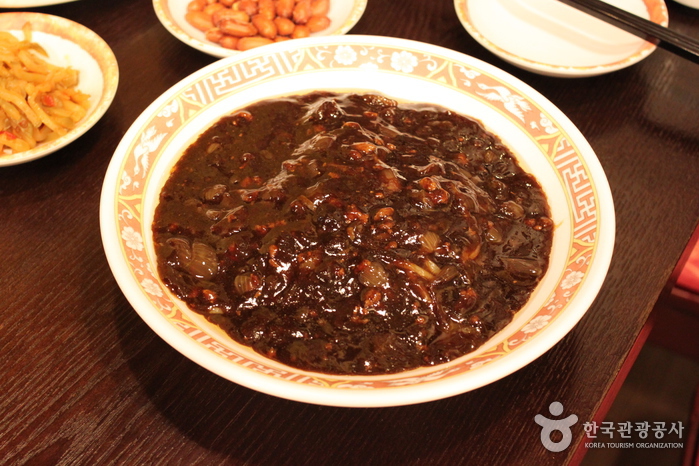
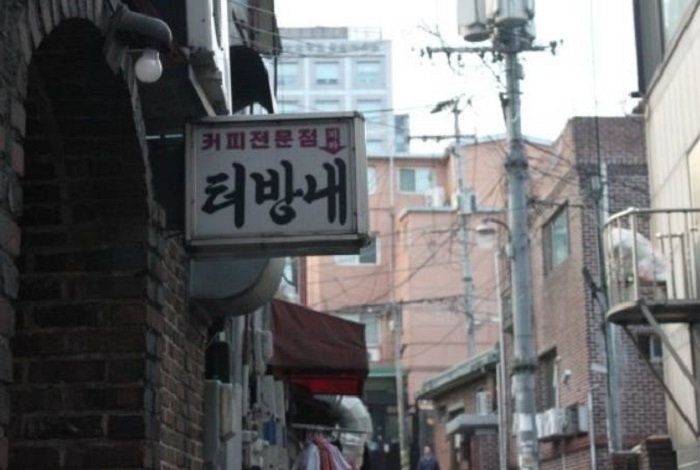
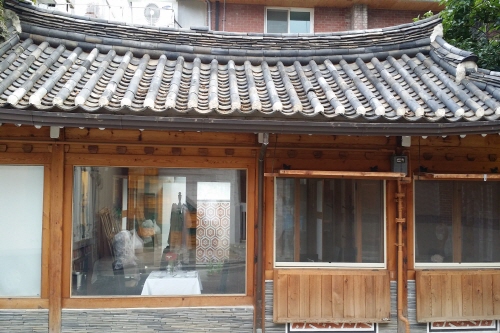
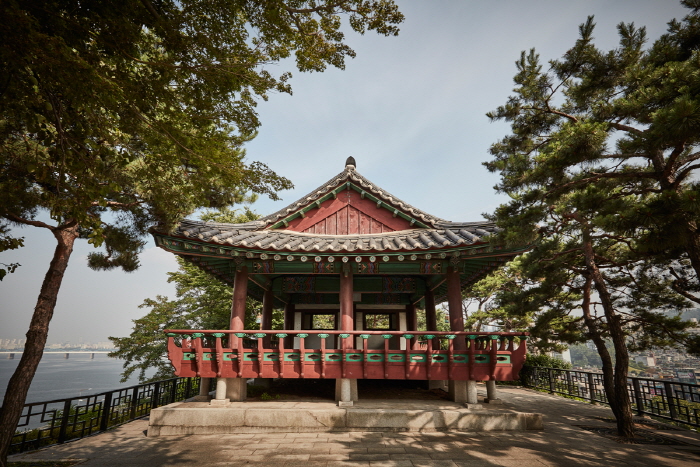
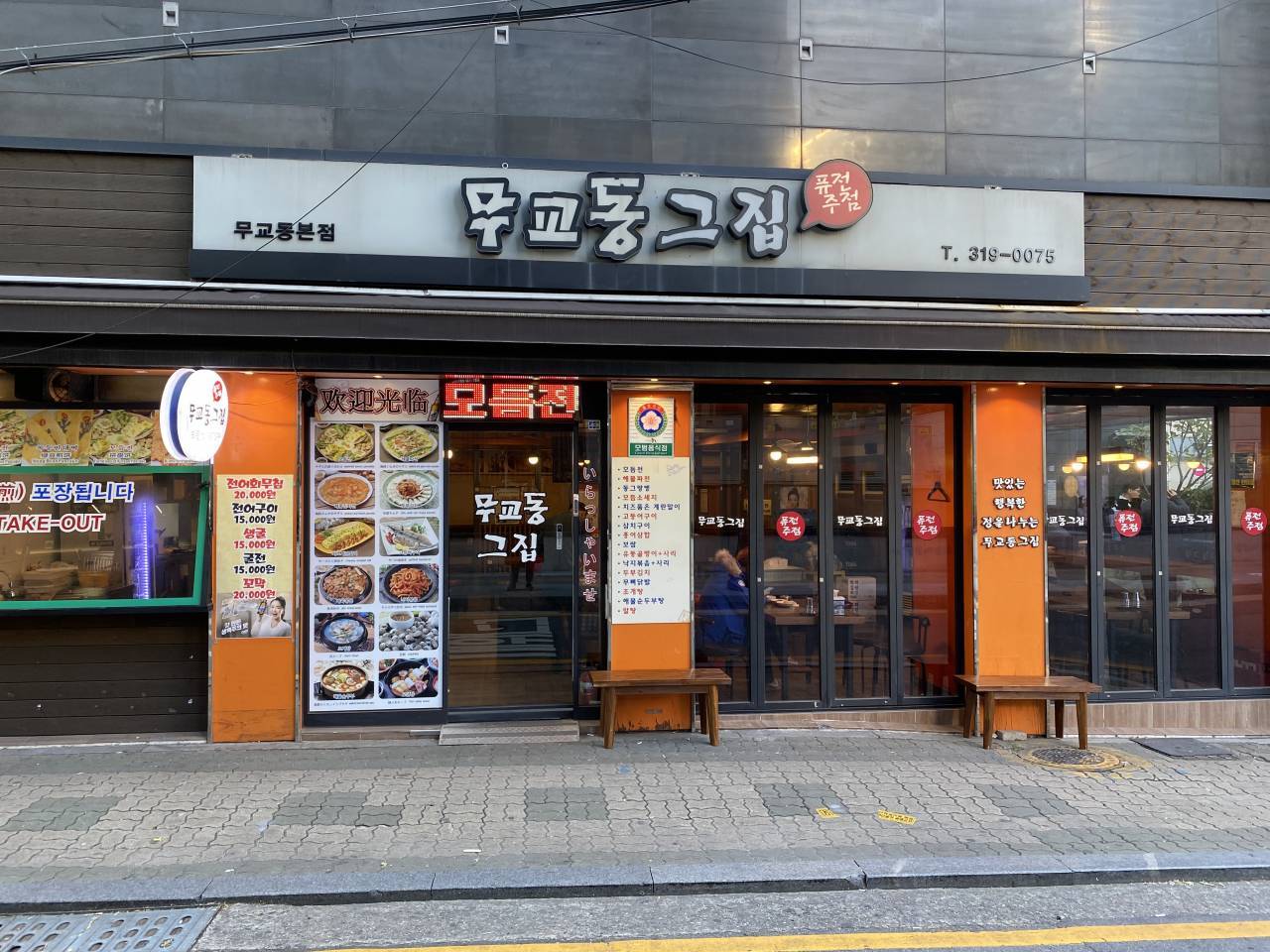

 English
English
 한국어
한국어 日本語
日本語 中文(简体)
中文(简体) Deutsch
Deutsch Français
Français Español
Español Русский
Русский